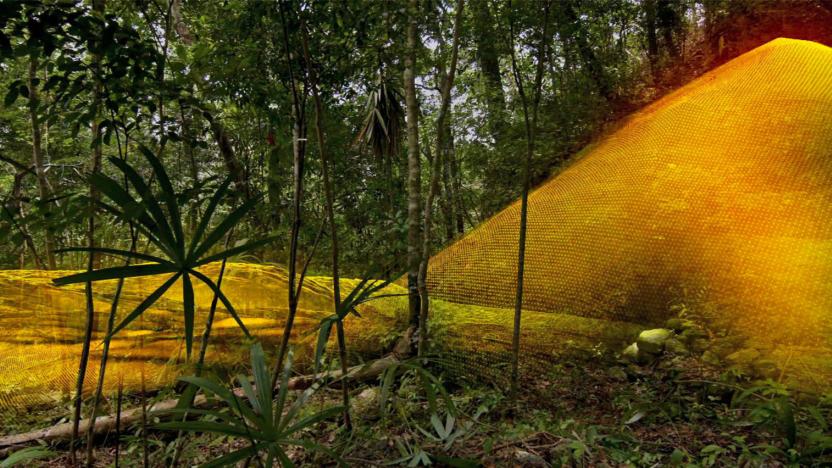Mayans
Latest

LiDAR reveals Mayan mega city hidden in Guatemalan jungle
A vast Mayan megalopolis apparently lies hidden underneath all the trees, creepers and centuries of growth and soil in the Guatemalan forest -- and we might never have found it if not for the wonders of laser technology. The PACUNAM Foundation, which champions the use of scientific research to preserve cultural heritage, has scanned the jungles in the country using Light Detection and Ranging (LiDAR) technology and found an interconnected network of ancient cities. They discovered 60,000 previously unknown structures without having to cut down a single plant, and that discovery changes many things we thought we knew about the ancient civilization.

Google, Mozilla and Wikimedia projects get Maya language translations at one-day 'translathon'
Twenty native speakers of Yucatec, Mexico's most widely spoken Mayan tongue, met last Thursday to help bring the language to Google, Mozilla and Wikimedia projects. The event, dubbed Mozilla Translathon 2012, was organized to provide translations for Firefox, Google's Endangered Languages Project, the WikiMedia software that powers Wikipedia and 500 crowdsourced articles, to boot. Finding the right words, however, can often be a tricky proposition. "There are words that can't be translated," Mozilla's Mexico representative Julio Gómez told CNNMéxico. "In Maya, file doesn't exist. Tab doesn't exist." Gómez continues to explain that the group may keep foreign words as-is, or find other terms to represent the same ideas. In addition to software localization, it's believed that the effort could allow Maya speakers to "recover their identity and their cultural heritage," according to Wikimedia México president Iván Martínez. If you'd like to peruse wiki articles in the indigenous language, check out the source links below.

Ancient acoustic engineers used stucco, drugs, and architecture to rock and confuse audiences
It's always fun when scientists discover new stuff about really old cultures, especially when it has to do with getting weird and rocking out. Recent research suggests temples built around 600 A.D. in Palenque, Mexico were designed with projection rooms that shot the sound of voices and instruments 300 feet away with the help of stucco-coated surfaces. 1600 years before that, in the Peruvian Andes, a pre-Incan society in Chavín was constructing a nightmarish Gallery of Labyrinths to play "strange acoustic tricks" during cult initiations: animal-like roars from horns, disorienting echoes, and maybe even choirs designed to produce otherworldly effects. And all of this while the poor inductees were being fed psychedelic San Pedro cacti. Yikes! To a certain extent this is all speculation, but we can tell you that if we were ancient priests with this kind of gear at our disposal we'd be using it for mind-controlling purposes too. Just because! [Photo adapted from Jenny Pansing's flickr]


